Nightlife marketing sits at the crossroads of sensory overload and fleeting attention. For liquor brands, this is both an opportunity and a headache: venues like bars, clubs, and festivals gather ideal audiences, but dim lighting, short dwell times, and fierce competition make true brand recall hard to achieve. Too many brands still treat on-premise activations as transaction moments—sponsorship dollars paid, bottles distributed, then silence. The modern challenge is turning those brief encounters into memorable touchpoints that drive not just immediate sales but long-term brand equity. That’s where experience-led packaging and smart activation come in.
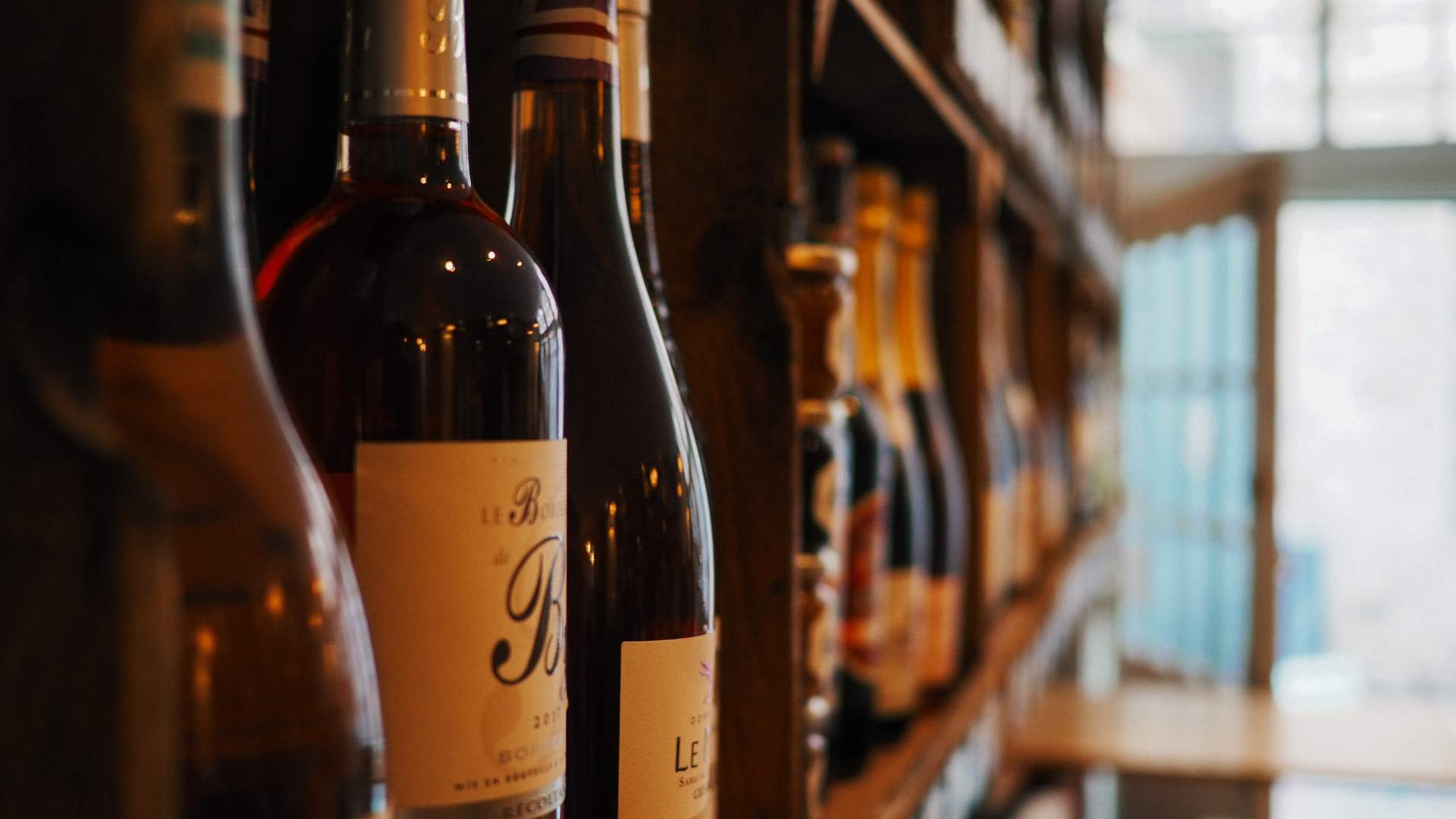
The reality is simple:
in low-light venues a gorgeous label alone rarely wins. Taste differences are incremental, and consumers often choose based on mood, peer cues, or what looks best on camera. That means the first task for brand marketers is to design signals that cut through the ambient noise. Think beyond logo placement to dynamic presence—how a bottle behaves in the environment. A bottle that can actively command attention, communicate the brand story, or create a micro-moment of delight will be remembered. This shift from static to active branding reframes packaging as a functional marketing tool rather than a passive wrapper.
There are several recurring pain points that most liquor brands face in nightlife channels. First, visibility: bottles buried in dim corners or under neon fail to register. Second, shareability: if the product doesn’t create a compelling visual moment, it won’t be captured and shared by guests. Third, cost inefficiency: sponsorship and giveaway strategies often burn budget without lasting lift because they don’t create repeatable, owned experiences. Finally, measurement: brands struggle to tie on-premise activity directly to brand metrics like unaided recall or long-term purchase intent. Solving these problems requires a coherent mix of creative, operational, and measurement solutions.
A practical approach starts with a simple hypothesis: the more a brand can turn passive consumption into active participation, the more likely it is to be remembered. Active participation can be visual, social, or functional. Visually, you want moments that look good on camera and reward a social share. Socially, you want prompts that nudge guests to tag the brand or post a video. Functionally, you want the product to provide utility on the table—lighting, heat control, or a small interactive feature—that’s useful beyond aesthetics. When brands design for these three axes, their activations move from ephemeral to repeatable.
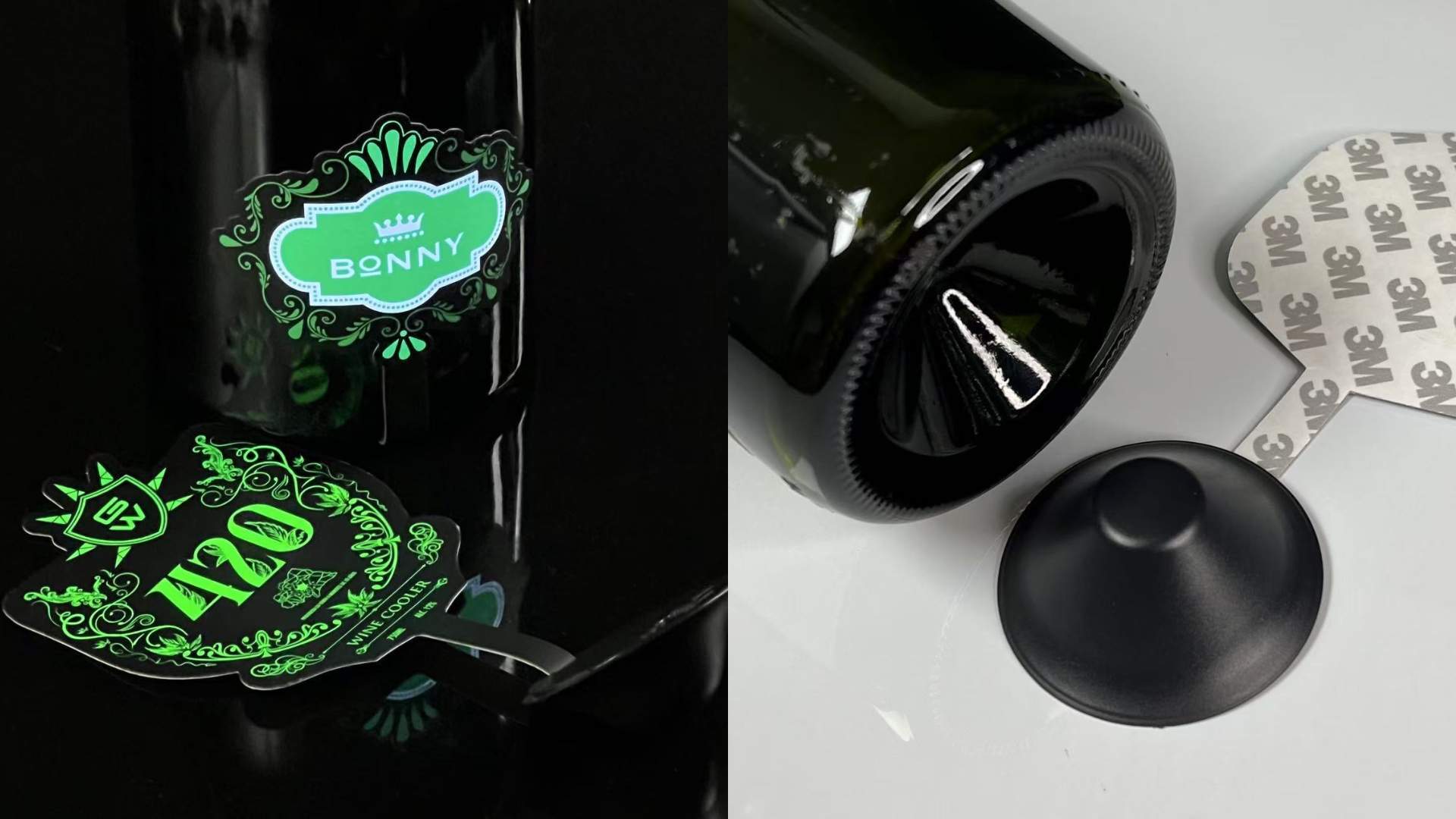
Consider a case study-style vignette: a mid-size gin brand looking to break into the premium cocktail scene partnered with a city rooftop bar for a launch night. Rather than handing out free samples, they created a curated ‘bottle moment’: each featured bottle sat on a small illuminated base that pulsed quietly with the music and highlighted the brand’s emblem. Bartenders were trained to present the bottle with a scripted line inviting guests to capture the moment for a chance to win a private tasting. The result was higher perceived value, an uplift in premium serve rate that night, and more than 200 user-generated posts tagged with the brand—an earned media return far exceeding the cost of the illuminated bases.
Operationally, brands need turnkey solutions that scale. Rechargeable, reusable components are important because they keep per-event costs reasonable and align with sustainability goals. A disposable novelty might have flash value, but it doesn’t build repeatable, brand-owned activations. Training and POS integration are the next layer: present experiences must be recorded as discrete SKUs in the on-premise partner’s system to produce clean data. Without a POS-level tag for a premium serve or branded moment, measurement becomes guesswork.
Measurement is the piece that converts good ideas into business cases. Start with a small pilot and track three core metrics: premium-serve rate (how often bartenders recommend the premium experience), share rate (UGC/mentions per serving), and short-term purchase intent lift (measured via follow-up offers or tracked redemption codes). When those move positively in pilot markets, you can extrapolate to forecast incremental volume and justify broader rollouts. Importantly, modern pilots should include A/B controls—venues with and without the activation—so you don’t mistake venue-level variance for campaign effect.
Beyond visibility and measurement, the storytelling layer matters. A label that lights up should do more than flash—it should be meaningful. Customized lighting patterns that echo a brand’s heritage colors, bottle-shaped animations that narrate a product provenance story, or interactive effects that react to music tempo can all deepen emotional attachment. Brands that marry visual design with narrative cues create memorable micro-stories that audiences carry away in social posts and conversations.
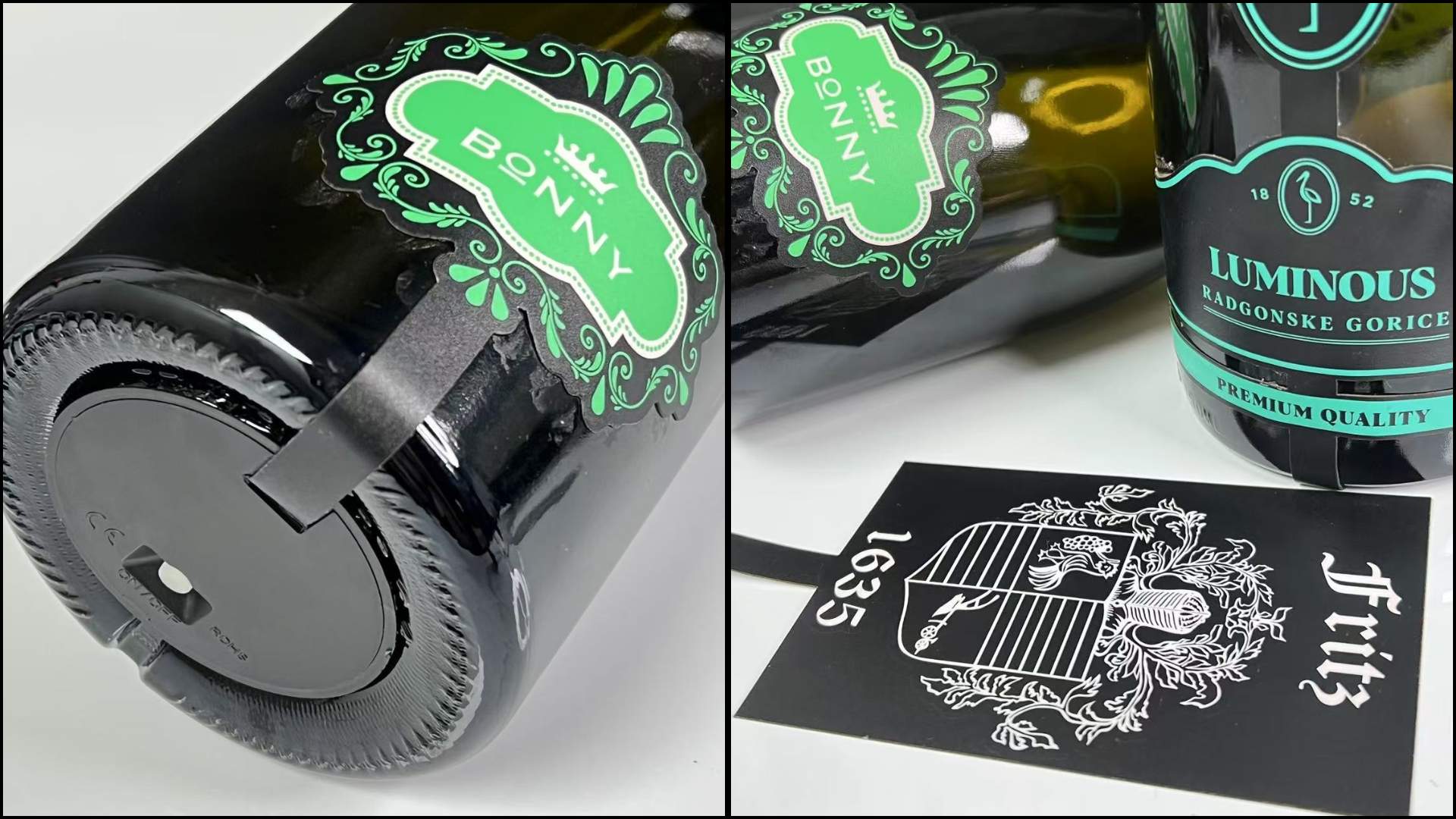
Risk management is also part of launch planning. Battery safety, food-contact materials, and local disposal rules require explicit vendor agreements and clear on-site SOPs. Brands should insist on technical certifications and contractual take-back clauses to avoid liability. From an activation standpoint, contingency plans (e.g., what to do if a label malfunctions during a VIP service) and staff training reduce reputational risk.
From a go-to-market perspective, think in layers. Start by identifying controlled venues where the brand has sympathetic staff and an appreciative audience—boutique cocktail bars, rooftop venues, premium festival VIP areas. Deploy in a 4–6 week pilot window, collect behavioral and sentiment data, then refine creative and operational playbooks. Next, build a second wave targeting larger venues and on-premise chains, leveraging the documented ROI from pilots to negotiate placement and co-funding models.
Finally, consider the role of LED Wine Labels as a strategic tool in this playbook. These labels are not gimmicks; when thoughtfully designed, they become multipurpose assets: visual amplifiers for the brand, content generators for social media, and functional display pieces that encourage premium consumption. Because they are rechargeable and customizable, they support both one-off activations and long-term placement, reducing the total cost of ownership compared to disposable alternatives. For brands aiming to create a signature nightlife presence, LED Wine Labels offer a pragmatic intersection of creative impact and operational viability.
In short, liquor brands that want to win in nightlife must stop treating venues as mere sales channels and start treating them as stages for storytelling. Active packaging—packaging that interacts with the environment and invites participation—turns moments into memories. LED Wine Labels are one high-impact tool among many, but their real value comes when they are part of a broader, metrics-driven activation strategy that includes POS integration, staff training, and clear lifecycle management.
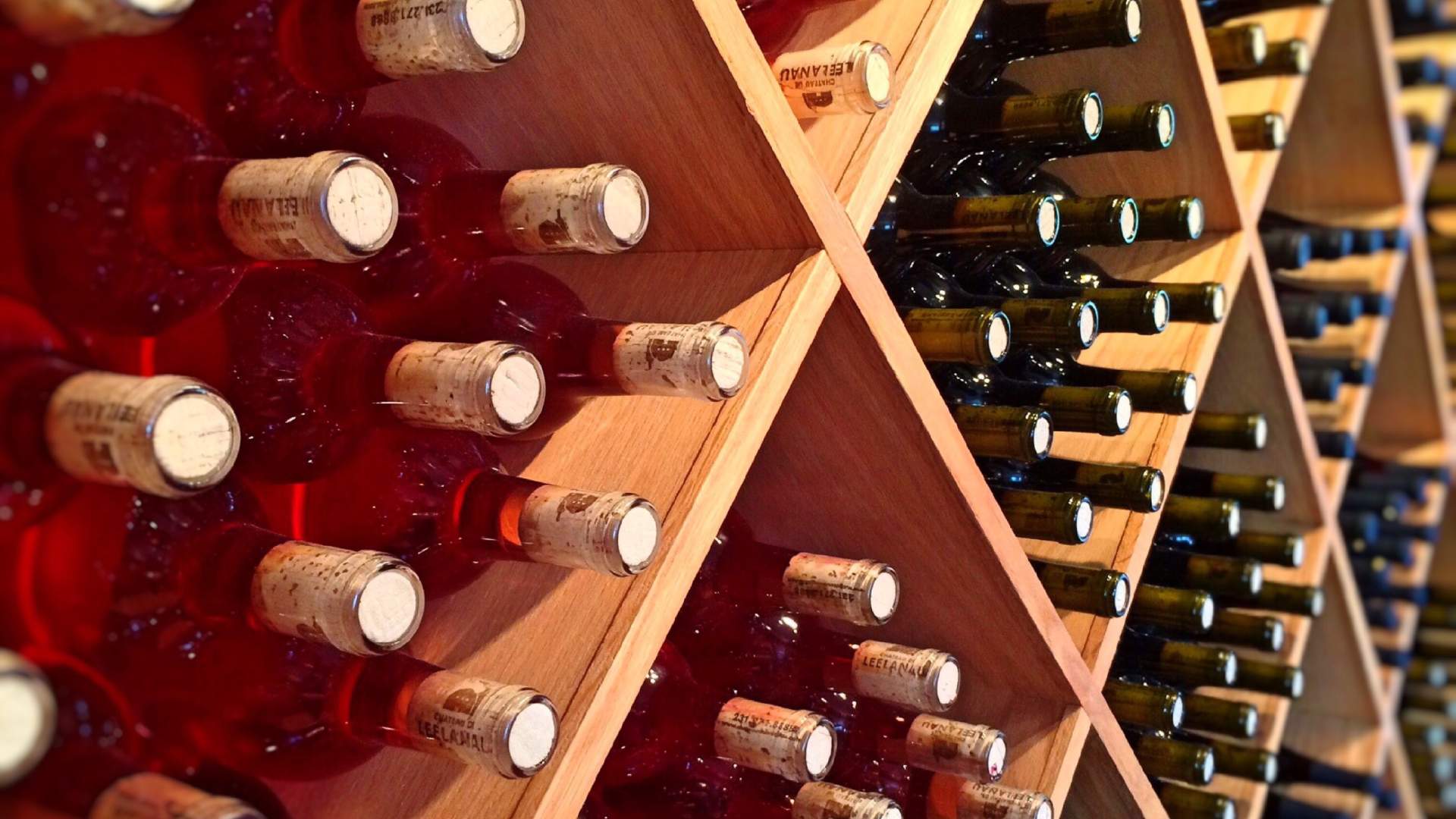
Product Spotlight: LED Wine Label — What It Brings to Brands
LED Wine Labels are engineered to be brand-forward activation tools. They allow customization of shape, logo, and lighting patterns, and most importantly, they are rechargeable for repeated use. For brand teams, that means the same asset can be deployed across multiple events, reducing waste and lowering long-term costs. When used in VIP zones, on sampling trays, or as part of bottle-serve ceremonies, LED labels deliver high visual impact and measurable social amplification. To get the most from them, brands should negotiate vendor support (training, replacement units, and return logistics) and map the label lifecycle into their reporting metrics.
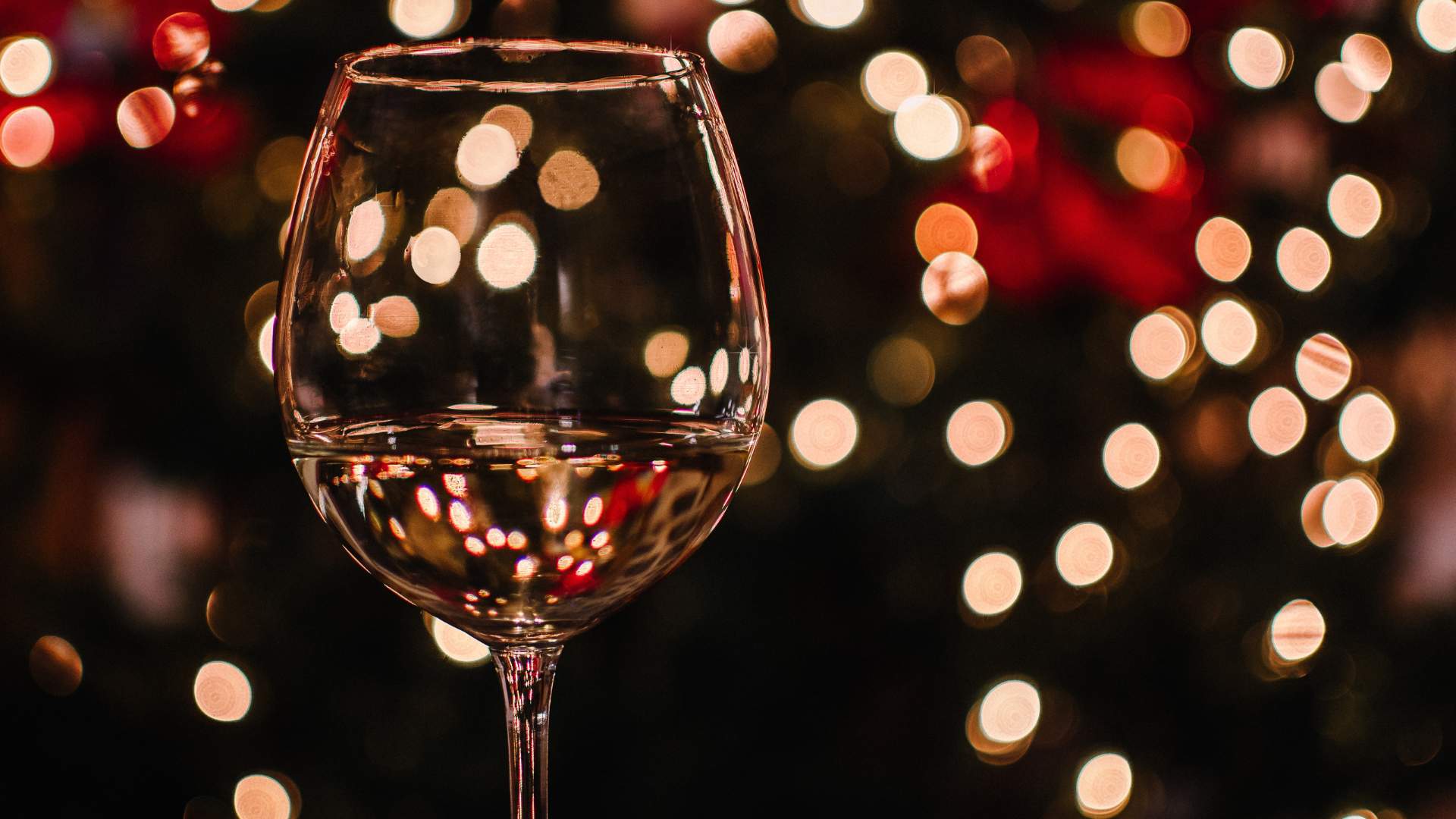
Next Steps: How to Pilot LED Wine Labels in Your Portfolio
If you want to run a pilot, start by selecting two matched venues: one for the activation and one as a control. Define your KPIs up front, including premium serve uplift, UGC per serve, and redemption rates of follow-up offers. Train staff with a short script and an incentive for recommending the premium experience. Schedule a 4–6 week pilot, export POS-tagged data weekly, and collect UGC via a branded hashtag. If the pilot meets your targets, scale in waves and consider a co-funded model with key venue partners to accelerate adoption.
————————————————————————————————————————————————————————–
Post time: Aug-20-2025






